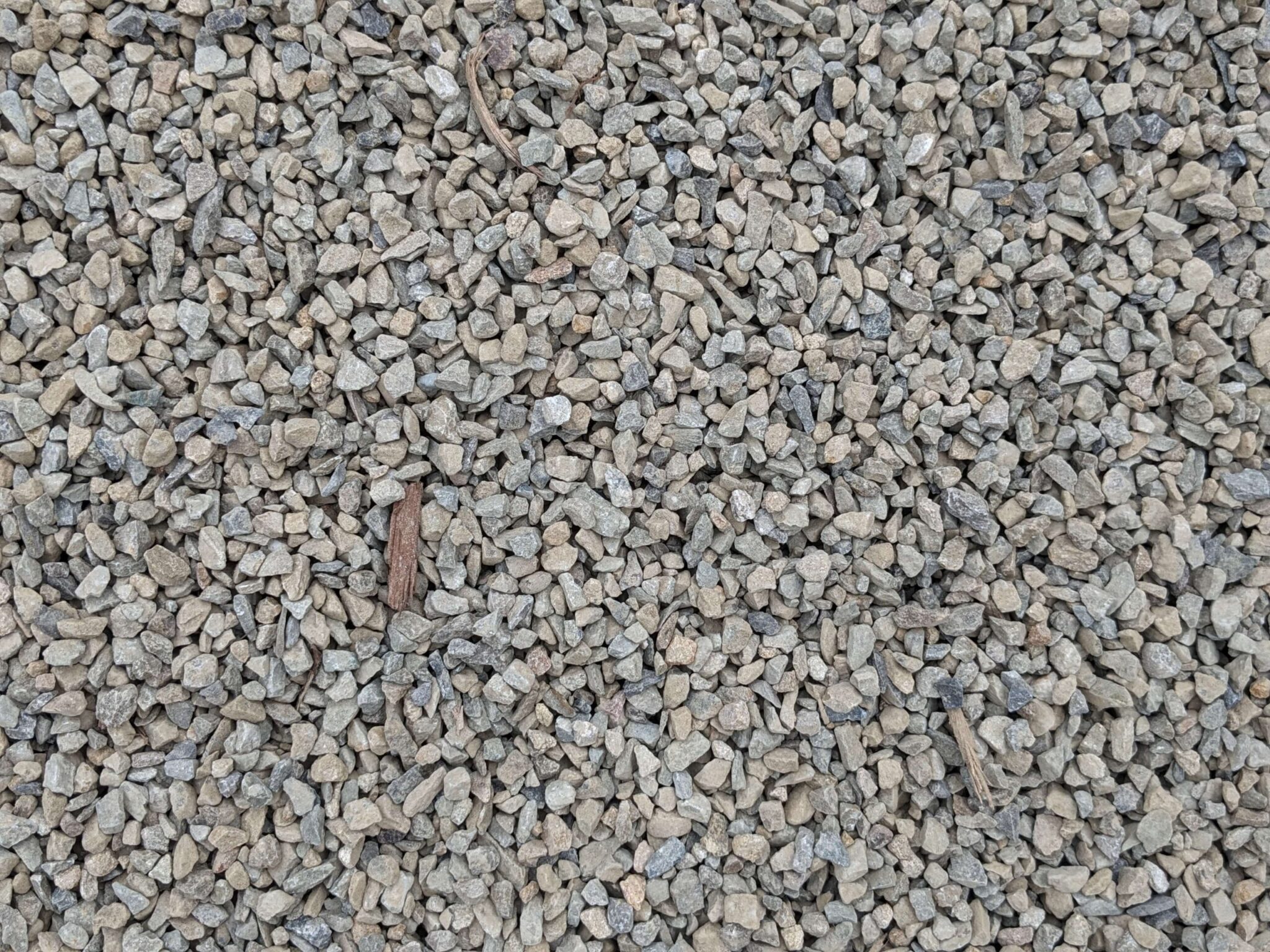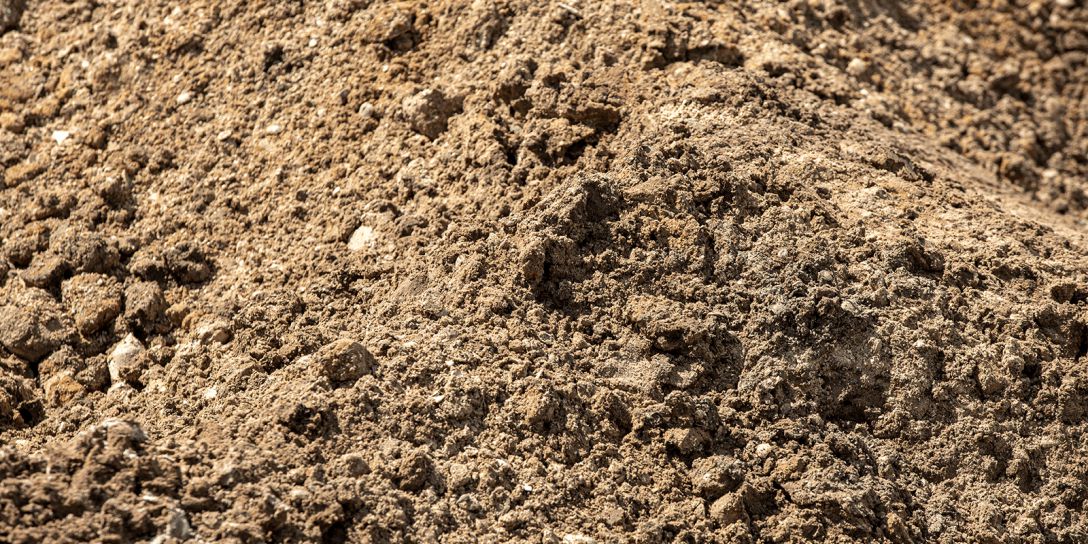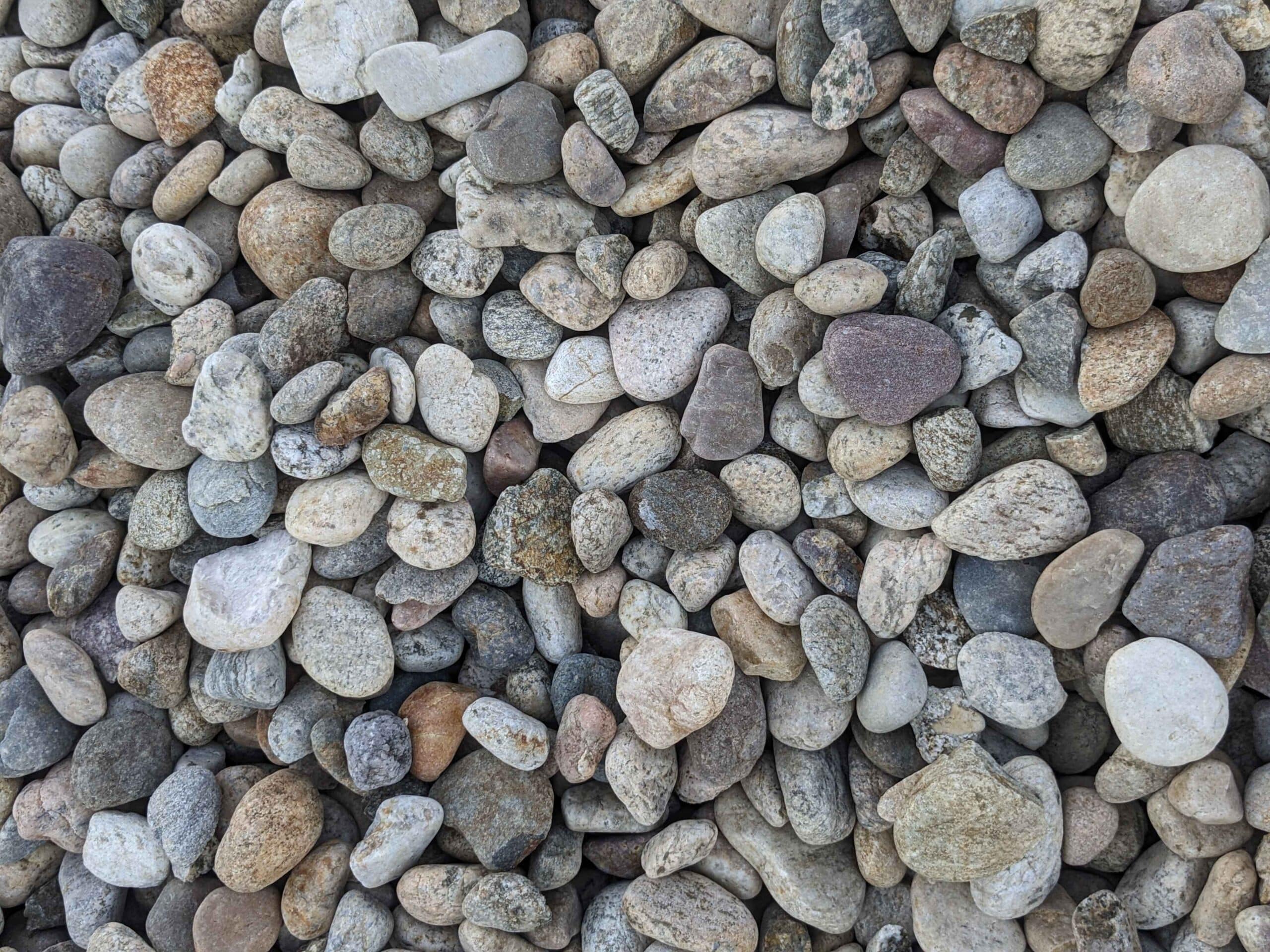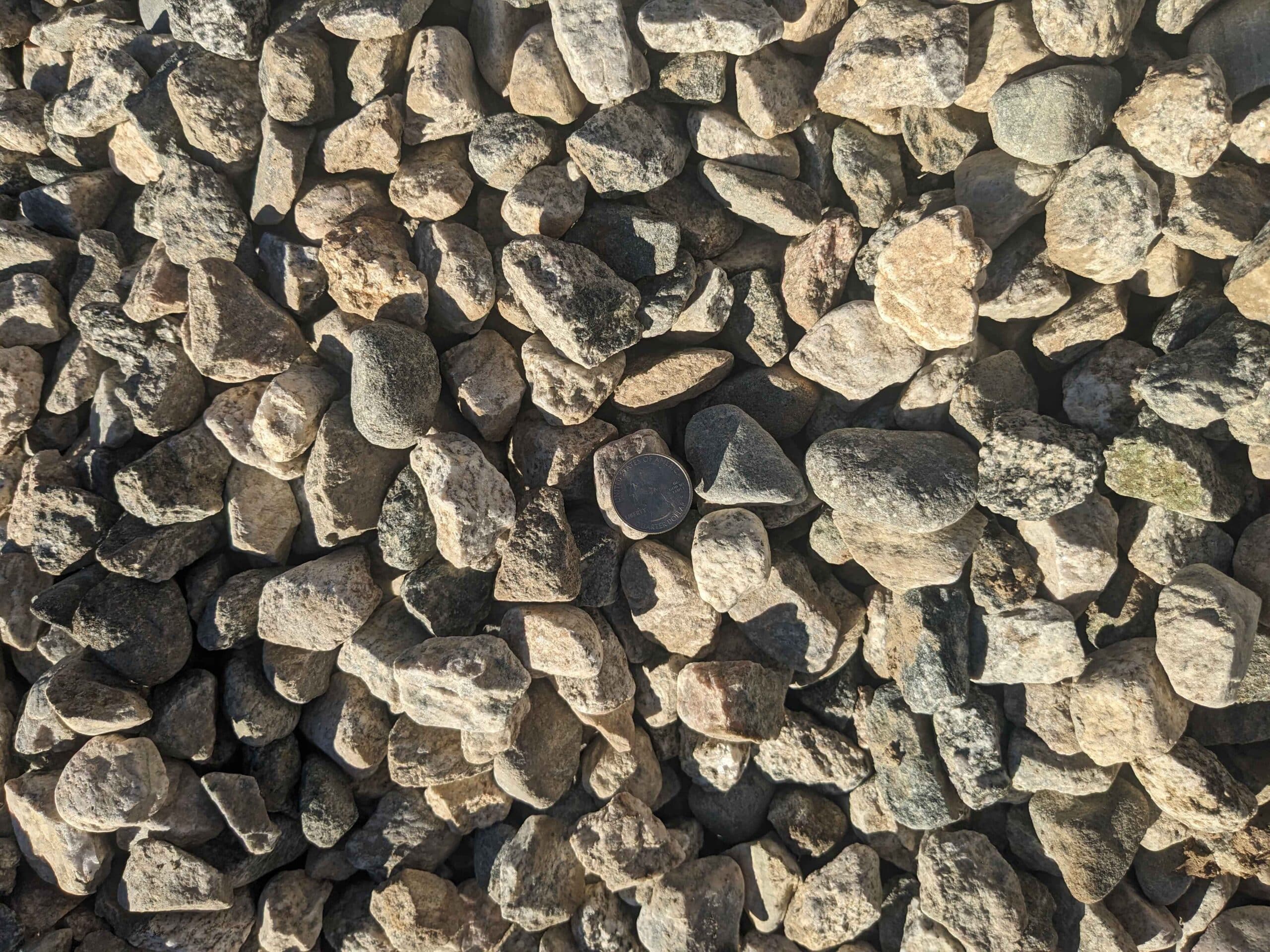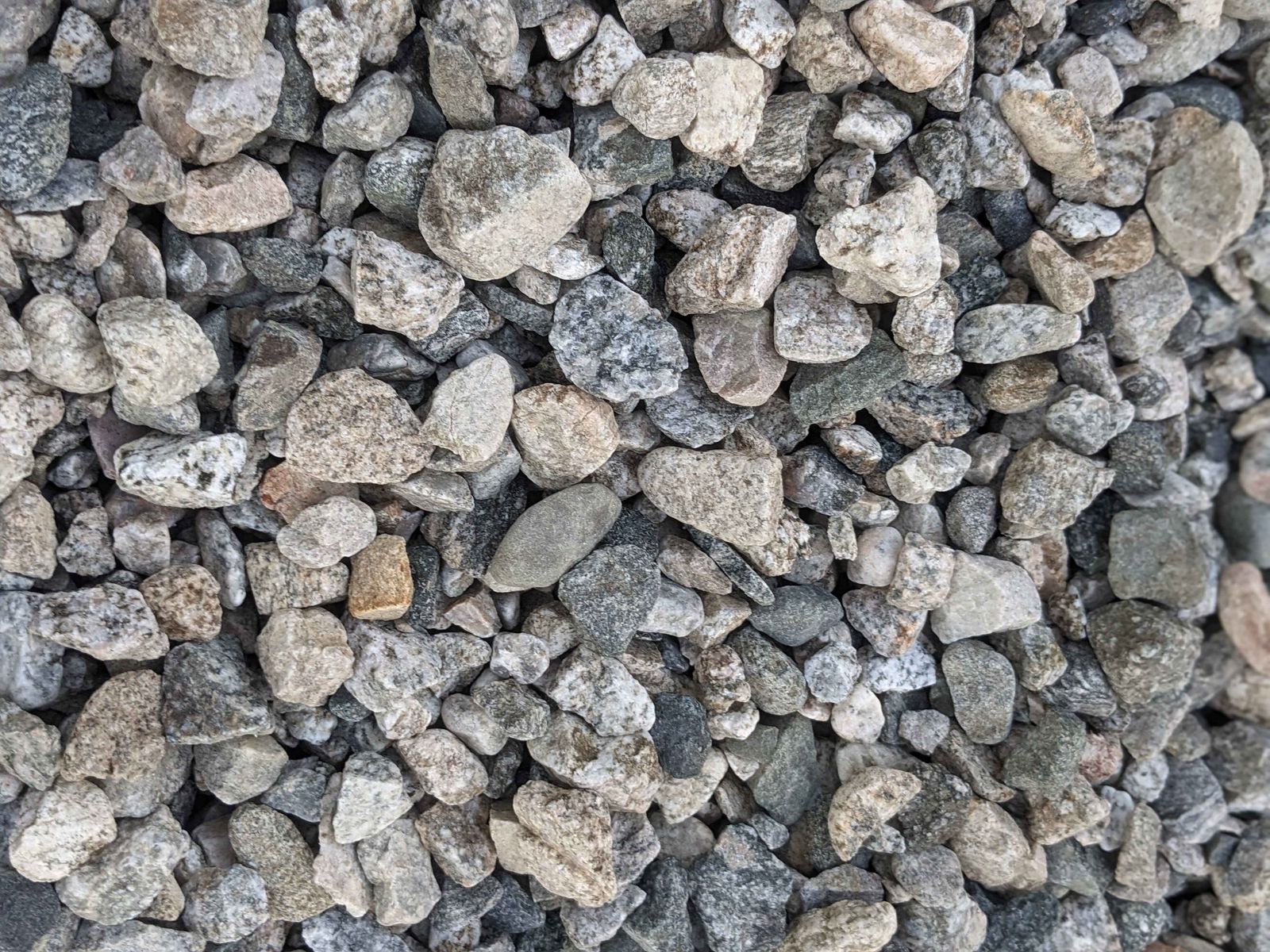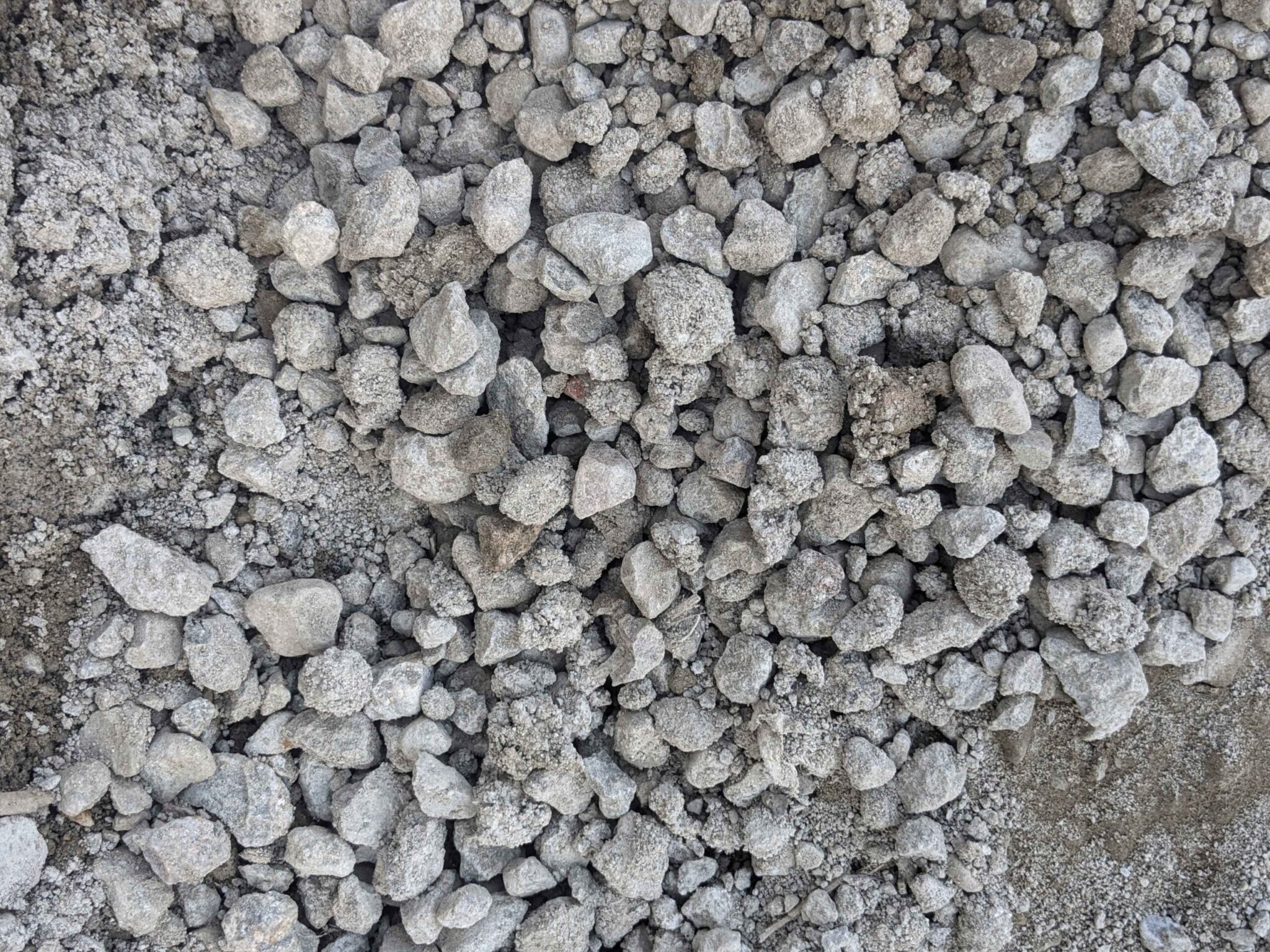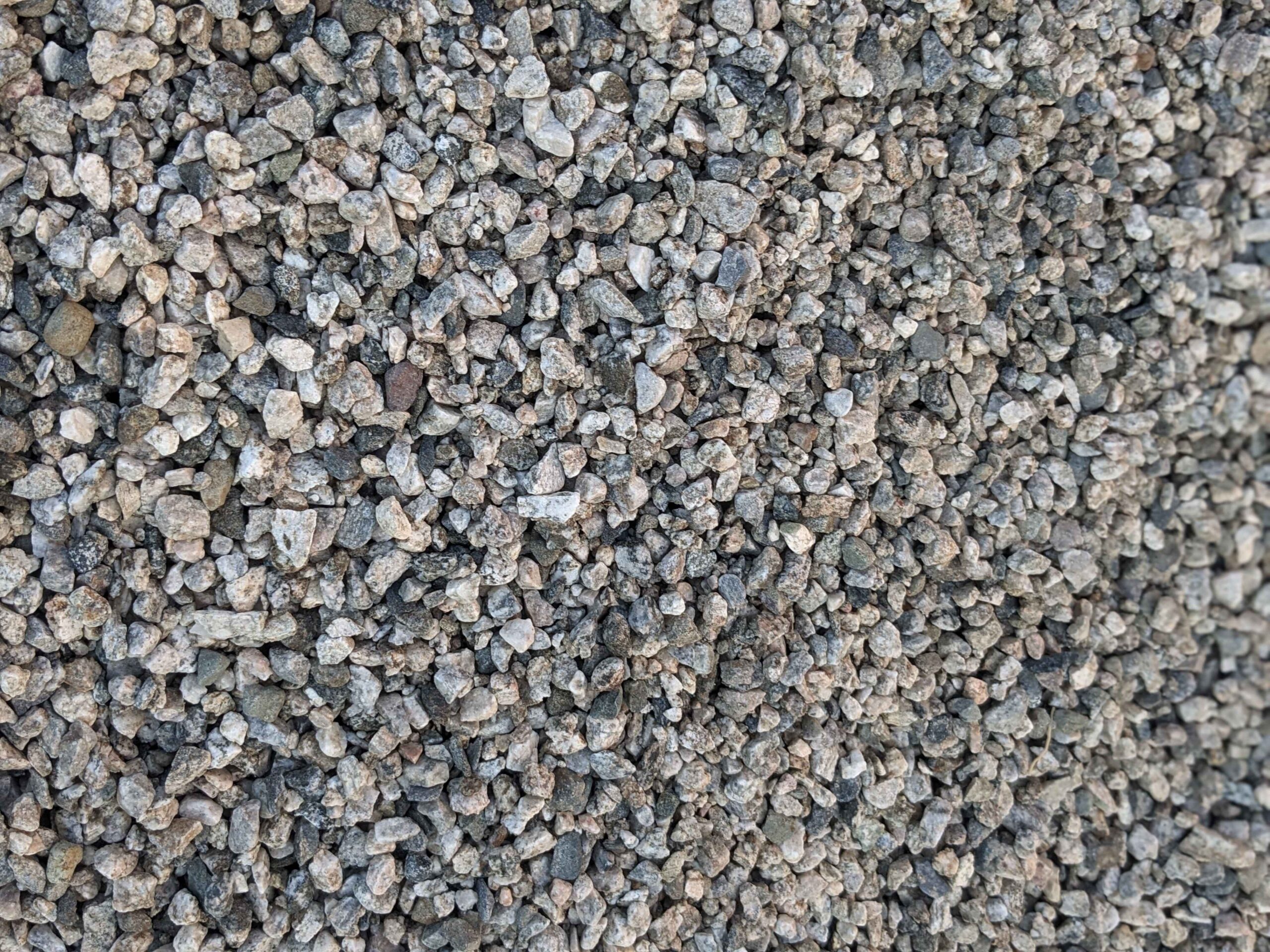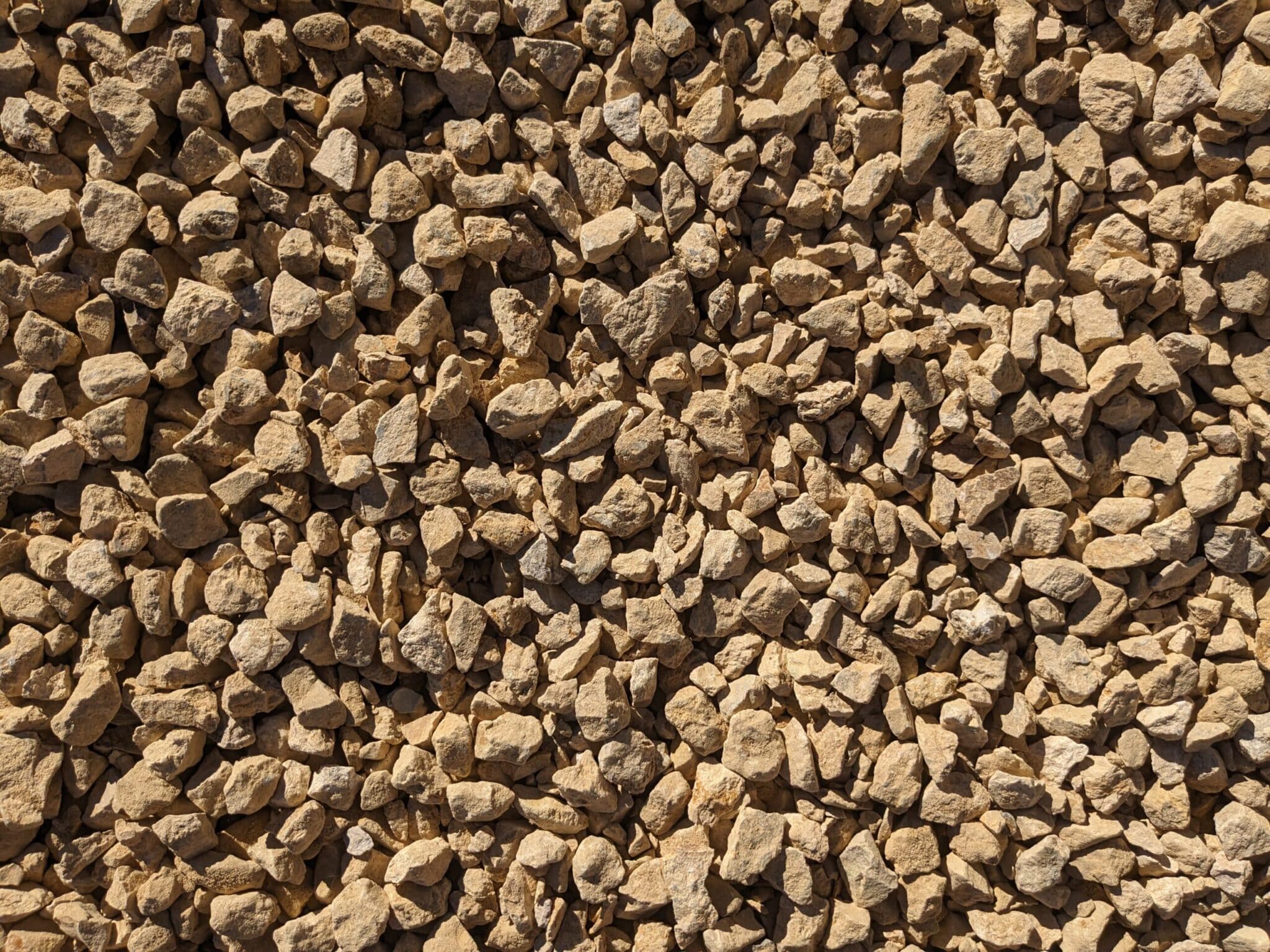Decomposed granite is a popular choice for garden paths due to its natural and rustic look. However, not all types of decomposed granite are created equal. Understanding the different types and their benefits is crucial in selecting the best one for your garden path.
Understanding Decomposed Granite
Decomposed granite, also known as DG, is a type of granitic rock that has weathered and broken down into smaller particles over time. It is typically composed of fine granite particles mixed with clay and other organic materials. This natural process gives decomposed granite its unique appearance and characteristics.
When you walk on decomposed granite, you can feel the texture of the fine particles beneath your feet. It has a slightly gritty feel, similar to sand, but with a touch of smoothness. This makes it a popular choice for pathways and walkways, as it provides a natural and rustic look.
The color of decomposed granite can vary depending on the minerals present in the original granite rock. It can range from shades of gray and brown to more vibrant colors like red and gold. This variety adds to the visual appeal of decomposed granite and allows for creative landscaping designs.
The Formation Process of Decomposed Granite
Decomposed granite is formed through the process of weathering. As granite rocks are exposed to the elements, such as rain, wind, and temperature changes, they begin to break down. Over time, this erosion causes the granite to crumble into smaller pieces, eventually resulting in decomposed granite.
Weathering is a slow and gradual process that can take thousands or even millions of years. It is influenced by various factors, including the type of granite, climate conditions, and the presence of organic matter. The constant cycle of wetting and drying, freezing and thawing, and the growth of plants and microorganisms all contribute to the breakdown of granite into smaller particles.
During the weathering process, the minerals in the granite rock undergo chemical changes. This can lead to the formation of new minerals and the alteration of existing ones. As a result, the composition of decomposed granite may differ from that of the original granite rock.
Different Types of Decomposed Granite
There are several types of decomposed granite available for garden paths, each with its own characteristics and benefits.
- Stabilized Decomposed Granite: This type of decomposed granite has been mixed with a stabilizing agent, such as resin or polymer, to help bind the particles together. Stabilized decomposed granite is more resistant to erosion and provides a firmer surface for walking.
- Crushed Decomposed Granite: Crushed decomposed granite is made by crushing larger granite rocks into smaller pieces. This type of decomposed granite has a coarser texture and is ideal for areas that require better drainage.
- Fines: Fines are the smallest particles of decomposed granite and have a powdery texture. They are often used as a top layer to improve the aesthetics and provide a smoother surface for walking.
Stabilized decomposed granite is a popular choice for high-traffic areas, such as driveways and patios. Its enhanced stability makes it less prone to shifting and rutting, ensuring a durable and long-lasting surface. Crushed decomposed granite, on the other hand, is commonly used in areas where water drainage is a concern. Its coarser texture allows water to flow through more easily, preventing puddles and waterlogging.
Fines, with their powdery texture, are often used as a decorative element in landscaping. They can be spread over the surface of decomposed granite pathways to create a smooth and seamless look. Fines also help to compact the underlying layers, providing stability and reducing the risk of erosion.
When choosing the type of decomposed granite for your project, consider factors such as the intended use, desired aesthetics, and environmental conditions. Each type has its own advantages and can be tailored to suit your specific needs.
Benefits of Using Decomposed Granite for Garden Paths
There are several advantages to using decomposed granite for garden paths. Not only does it provide a practical solution for creating pathways, but it also offers numerous benefits that enhance the overall aesthetics and functionality of your garden.
Aesthetic Appeal of Decomposed Granite
One of the primary reasons why many garden enthusiasts choose decomposed granite for their paths is its exceptional aesthetic appeal. The natural, earthy look it provides adds a touch of rustic charm to any garden setting. The various colors available, ranging from beige to reddish-brown, allow you to create a visually appealing contrast against the vibrant colors of your surrounding plants and flowers. Whether you have a modern, minimalist garden or a lush, tropical oasis, decomposed granite paths effortlessly blend in and enhance the overall beauty of your outdoor space.
Moreover, the texture of decomposed granite adds an interesting visual element to your garden paths. The small, granular particles create a unique and inviting surface that entices visitors to explore and wander through your garden. It adds a sense of depth and dimension, making your garden paths more visually intriguing.
Durability and Maintenance of Decomposed Granite Paths
Aside from its undeniable aesthetic appeal, decomposed granite paths are known for their exceptional durability and low maintenance requirements. When properly installed, these paths can withstand heavy foot traffic without showing signs of wear and tear. Unlike other materials that may crack or shift over time, decomposed granite paths maintain their integrity, providing a reliable and long-lasting solution for your garden pathways.
Furthermore, the low maintenance nature of decomposed granite paths is a significant advantage for busy gardeners. Once installed, they require minimal upkeep, allowing you to spend more time enjoying your garden rather than maintaining it. Occasional recompacting and filling in any depressions that may occur over time are the primary maintenance tasks needed to keep your path in top condition. This simple maintenance routine ensures that your decomposed granite path remains smooth and even, providing a safe and comfortable surface for walking.
In addition to being low maintenance, decomposed granite paths also offer excellent water permeability. The porous nature of the material allows rainwater to penetrate through the surface, preventing the formation of puddles or stagnant water. This feature is particularly beneficial for gardens that require proper drainage to maintain the health of plants and prevent waterlogging.
Overall, the combination of durability and low maintenance makes decomposed granite paths a practical and cost-effective choice for gardeners. They provide a beautiful and functional solution that enhances the overall design of your garden while requiring minimal effort to keep them in optimal condition.
Choosing the Right Type of Decomposed Granite
When selecting decomposed granite for your garden path, there are a few factors to consider.
Factors to Consider When Selecting Decomposed Granite
One of the most important factors to consider is the intended use of the path. If you expect heavy traffic, a stabilized decomposed granite would be the best choice. On the other hand, if your path requires good drainage, crushed decomposed granite would be more suitable.
Matching Granite Type to Garden Style
Another consideration is the overall style of your garden. If you have a more formal garden, a finer decomposed granite with minimal fines would complement it well. For a more natural and rustic garden, a coarser decomposed granite with visible particles might be a better fit.
Installation Tips for Decomposed Granite Garden Paths
Proper installation is key to ensuring the longevity and functionality of your decomposed granite path.
Preparing the Path Area
Before laying the decomposed granite, it is essential to prepare the path area. Ensure that the ground is level and free of any vegetation. Use a shovel or rake to remove any debris, rocks, or roots that may interfere with the path’s stability.
Laying and Compacting the Granite
Once the path area is prepared, spread a layer of decomposed granite evenly throughout the path. Use a compactor or hand tamper to firmly pack the decomposed granite, ensuring a stable and level surface. Repeat this process until the desired thickness is achieved.
Caring for Your Decomposed Granite Path
To keep your decomposed granite path looking its best, regular maintenance is necessary.
Regular Maintenance Tips
Remove any weeds or grass that may grow through the decomposed granite. This can be done by hand or using a weed killer. Additionally, periodically check the path for any depressions or uneven areas. If needed, fill in these spots with additional decomposed granite and compact it to match the rest of the path.
Dealing with Weather Effects on Decomposed Granite Paths
Extreme weather conditions, such as heavy rain or prolonged sunlight, can affect the stability and appearance of your decomposed granite path. Consider adding a layer of stabilizing agent or using a shade cover to protect the path from these elements.
In conclusion, choosing the right type of decomposed granite for your garden path is essential in creating a functional and aesthetically pleasing outdoor space. Understanding the formation process, different types, and benefits of decomposed granite will help guide your decision-making process. By following proper installation and maintenance tips, you can enjoy a durable and beautiful garden path for years to come.


